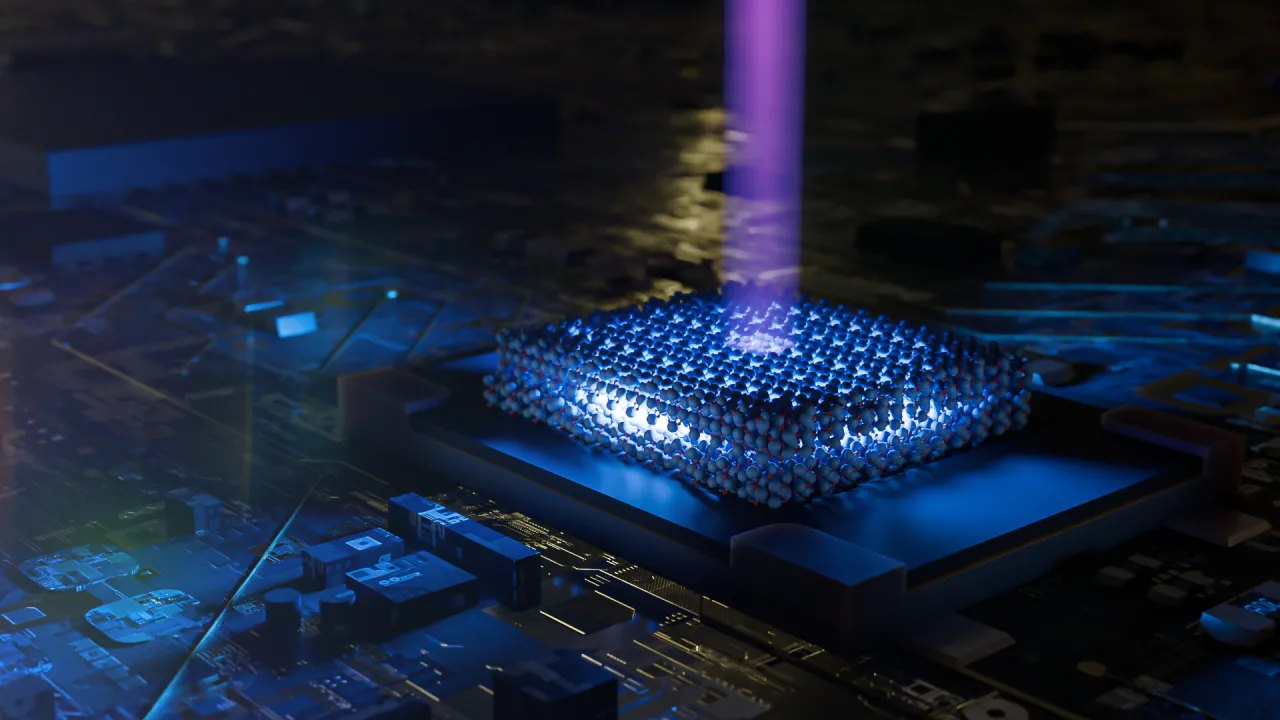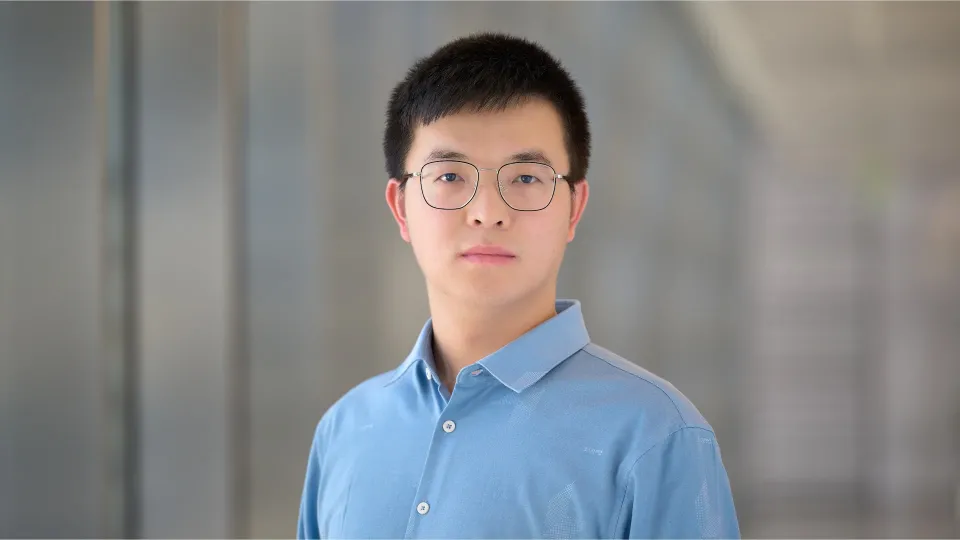
A new interface for efficient electronics
Two forms of gallium oxide come together in a "phase heterojunction" to create a sensitive ultraviolet detector.
About
By uniting different forms of the same semiconductor material, KAUST researchers have created a self-powered device that detects ultraviolet light[1]. The key part of the device is known as a phase heterojunction (PHJ), an arrangement that could open up a host of new electronics applications.
The atoms within a crystalline semiconductor can be arranged in various patterns known as polymorphic phases. Each phase offers distinct properties, such as the light wavelength it absorbs. The new device uses two phases of gallium oxide (Ga2O3), a stable and relatively inexpensive material that absorbs deep in the ultraviolet part of the spectrum.
Electronic devices often contain adjacent layers of two semiconductor materials. But marrying two phases of the same semiconductor to create a PHJ offers several advantages over the traditional approach, explains team member Yi Lu.
For instance, PHJs can avoid absorbing unwanted wavelengths of light, and they tend to create a strong electric field at the interface between the phases, which could significantly enhance the performance of devices including solar cells, transistors and photodetectors. “Growing and integrating polymorphic phases of the same material is also more straightforward and economical than combining dissimilar materials, but it is difficult to maintain a high-quality interface” says Lu.
The researchers used a method called epitaxy to prepare their PHJ. This involves firing a laser at a target to generate a stream of atoms that subsequently assemble on a substrate.


